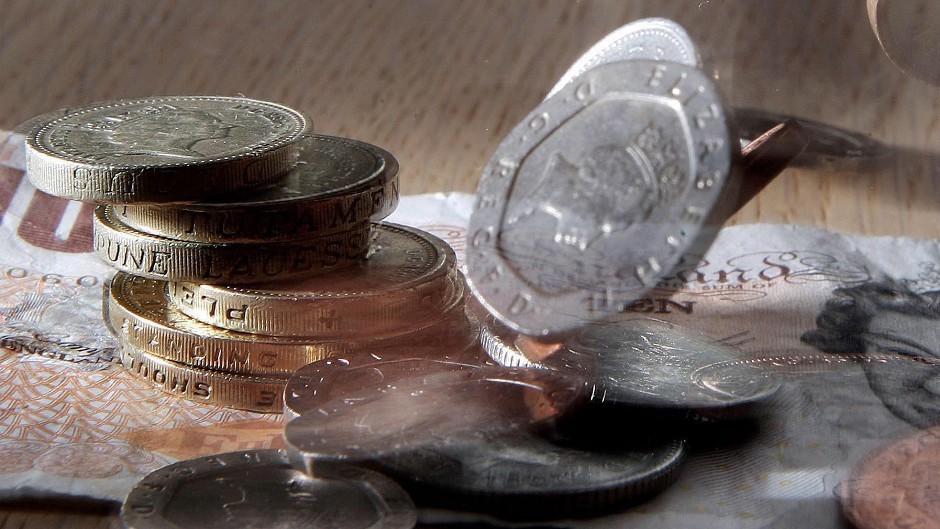A Lewis man whose home address was used by criminals in a car insurance scam has urged anyone who receives suspect mail to be vigilant.
The Press and Journal revealed yesterday that City of London fraud squad officers are in the north and north-east speaking to victims of a fast-growing racket known as “ghost brokering”.
Hundreds of relatively low-risk addresses from the Outer Hebrides to Shetland to Aberdeen have been used to create cheap insurance policies, which are then doctored and sold onto to inner city clients.
Malcolm Macleod first received a letter from an insurer more than a year ago asking him to provide details of a supposed accident which was the subject of a claim. But the name on the envelope was someone who did not – and never had – lived in his home.
It turned out the letter related to a ghost broker scam, where fraudsters set up cheap policies using details from low-crime, low-risk areas of Scotland, then change the address to match those of real victims in England and resell them for a fee.
Specialist detectives from the City of London Police’s Insurance Fraud Enforcement Department are gathering evidence from 25 addresses, from Harris to Shetland to Aberdeen, in relation to a case from Bradford in West Yorkshire.
They are planning to return to investigate five further cases, and have warned that north and north-east residents must be vigilant in helping them stop this spiralling crime.
Through the fraudulent use of these addresses, fraudsters have made an estimated £250,000 through the policies and fake accident claims made using these cheaper premiums.
On Monday, Mr Macleod, who lives in Ness, was visited by the detectives to give his statement on a suspected case of someone making fictitious accident claims.
The 59-year-old said that, after receiving the letter, he called the insurer to explain that it was addressed to someone who did not live there, adding: “The person on the end of the phone said, ‘I suspected that he did not’, so they must have had their suspicions by this point.
“Then about four to five months ago, I got a notification addressed to the same gentleman to say that motor insurance premiums were in arrears. I phoned up the number on the letter and told them about it, and they sorted it out.”
Mr Macleod added: “Anyone who gets these notifications should phone up the insurer so that it does not affect their own address. If you chuck it in the bin it may be that this person has had motor insurance arrears and it could affect your credit rating and ability to obtain future insurance”.
